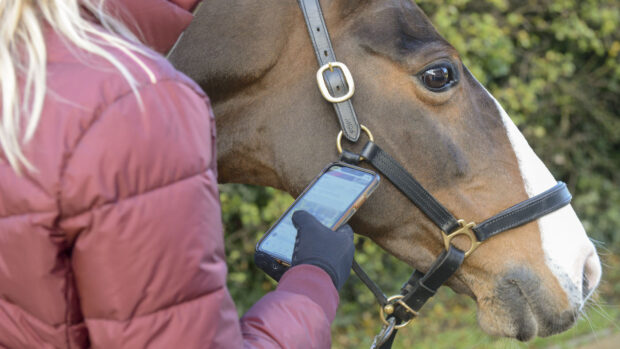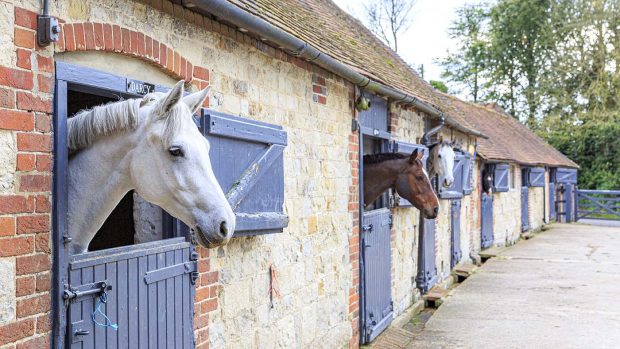Welfare groups and equestrian industry leaders are rejoicing after the government gave a nod of approval towards future licensing of livery yards.
DEFRA chief veterinary officer Dr Debby Reynolds revealed the government’s stance the same day the long-awaited Animal Welfare Bill was published (14 October).
Urgent calls for livery yard licensing span four years, pushed by the British Equine Veterinary Association (BEVA), the British Horse Society (BHS), and welfare groups the RSPCA and International League for the Protection of Horses (ILPH).
While the move towards licensing was not included in the Animal Welfare Bill, Dr Reynolds said it was included in secondary legislation.
The government’s decision to favour licensing over regulation of livery yards was applauded by ILPH director of UK operations Tony Tyler, together with BEVA president Lesley Barwise-Munro and BHS senior executive (approvals department) Chris Doran.
At present, the ILPH hazards a “guesstimate” that 10,000 livery yards operate in the UK. Welfare concerns, first aired by BEVA, date back to agricultural diversification in the wake of the 2001 foot-and-mouth outbreak.
Tyler said some farmers who moved into running livery yards lacked sufficient equine knowledge and trained staff.
A disturbing welfare offshoot was mirrored in the fact that ILPH field officers receive more than 100 complaints each year (about 10 per month) about livery yard standards.
The majority of complaints concerned DIY yards, covering everything from inadequate feeding/diet of horses, foot trimming and overall poor condition of yards.
“We are keen that licensing of livery yards is developed and enforced as soon as possible and would urge the government to put it at the top of the agenda when it comes to secondary legislation,” said Tyler, adding that his only concern turned on the inevitable time lag.
According to Dr Reynolds, it could take up to three years before any secondary legislation — now the subject of further consultation — is included in the final Animal Welfare Act.
While the detail was yet to be worked out, BEVA’s Barwise-Munro said it was hoped licensing would also lead to written agreements between livery yard owners and horse owners.
Barwise-Munro is aware of horses being shut in stables for entire weekends due to confusion over allocation of responsibility.
Doran said licensing would bring livery yards in line with riding establishments — ideally with annual inspections by local authorities and veterinary involvement on “a risk-based frequency”.
|
||
 |
||


 Get up to 19 issues FREE
Get up to 19 issues FREE TO SUBSCRIBE
TO SUBSCRIBE 



